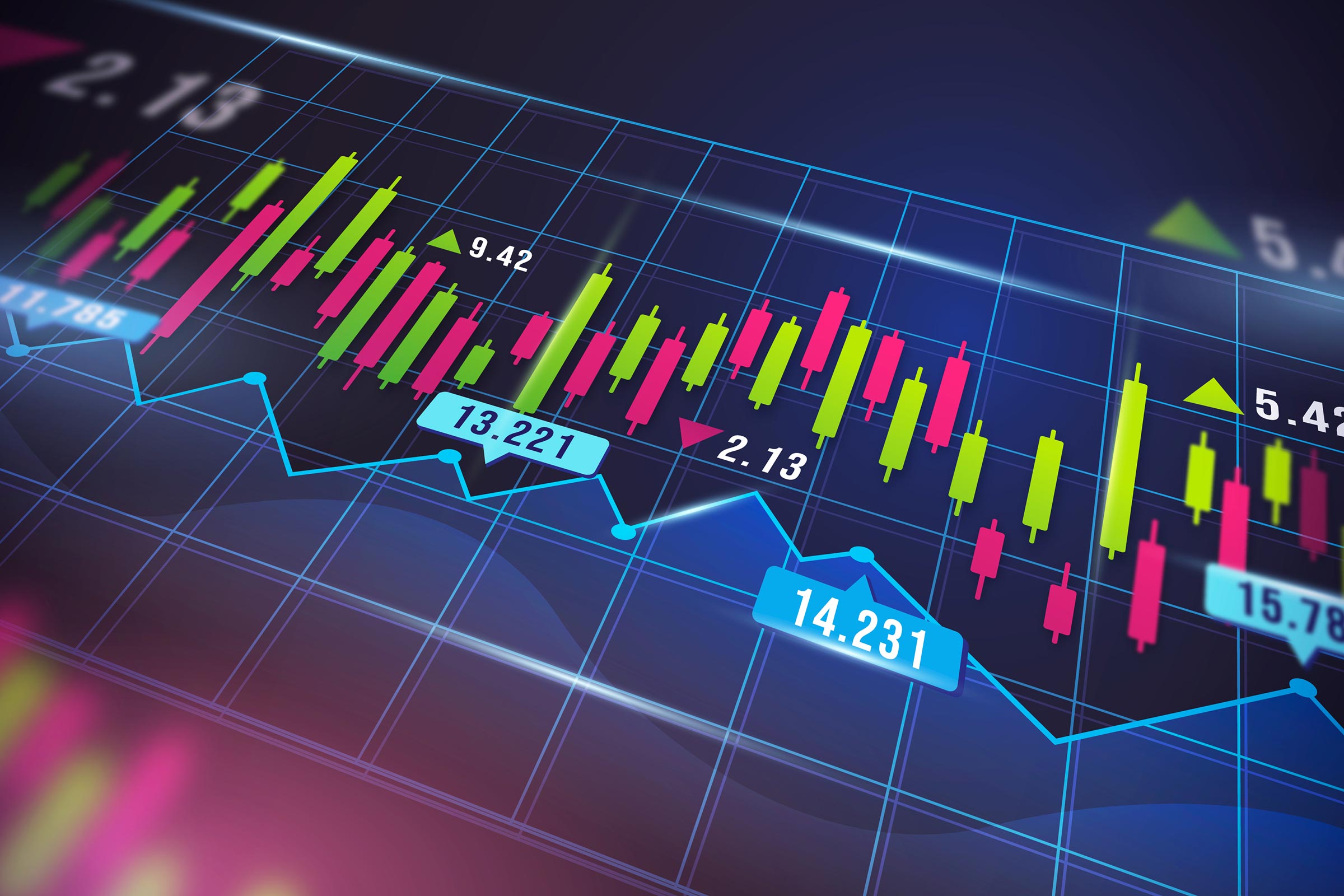AUKUS IN TROUBLE?
Of the many initiatives to counter China’s drive for (minimally) hegemony in Asia, the most effective to date was the AKUS agreement among Australia, the U.S., and the UK. This agreement – signed by the Biden Administration in 2021 — commits the United States to provide the Royal Australian Navy with secondhand U.S. nuclear-capable submarines starting in 2032, with the joint development and deployment of new submarines by the United Kingdom and Australia starting in the 2040s.
A second pillar of the agreement includes broader cooperation among the three countries on technologies including artificial intelligence and quantum computing with the aim of assuring that China does not dominate these two critical areas. In June, DOD confirmed to the Financial Times that it is reviewing this agreement, a review has been causing consternation in Canberra, including fears that Trump could choose to walk away from the pact altogether.
A source at the U.S. Embassy in the Australian capital told us that this concern is well-founded. First, there is the issue of President Trump’s proclivity for renegotiating, reneging on, or altogether abandoning long-standing international agreements and partnerships. Second, there is the issue that this pact was negotiated under President Biden which further loosens the Administration’s support for the pact. And third is the fact that this review is supposedly being led by Elbridge Colby, the DOD Under Secretary for Policy. Colby, according to our source, expressed concern during his confirmation hearing that he is concerned that this agreement could lead the U.S. to be short of nuclear submarine capability in the event of a near-term confrontation with China over Taiwan.
Comment: Our habit of snubbing our neighbors and best friends will one day come back to bite us, even though a case can be made that, for all its unpredictability, the Trump administration has remained largely committed to its major alliances and partnerships thus far. This was evident from the results of June NATO summit. In various fora where the U.S. and Australia discuss strategic policy (such as the Quadrilateral Security Dialogue, the AUKUS agreement has been supported. And even if Colby has expressed reservations, this does not mean that the deal will be killed. On the one hand, Australia has already paid one billion dollars towards this submarine purchase, while on the other hand, the conducting of reviews of major programs after a new administration is sworn in is nothing new and is vital to ensuring that programs continue to be in the best interest of the country. End Comment.
CHINA’S TELESCOPE AMBITIONS
China’s nearly omnipotent leader, President Xi Jinping, instructed his country to ensure China’s world dominance in several key industrial and scientific areas by 2030. Apparently, this includes a plan to build the largest telescope in the world on the Tibetan Plateau.
At present, the world’s astronomers are heralding the results from the Hubble and Webb space telescopes for the clarity of their pictures and ability to reach heretofore untapped regions of outer space. Still, ground-based telescopes still matter. They are easier to service and much bigger, offsetting disadvantages such as light pollution and atmospheric distortions.
Bigger telescopes also mean sharper images. The Hubble and Webb space telescopes have mirrors with diameters of about 8 feet and 21 feet, respectively. The four biggest on Earth—one in Spain and three in the U.S.—are roughly 33 feet in diameter. And China is currently building a 48-foot telescope would become the world’s biggest until massive, new telescope projects are completed.
According to a source at Caltech, these new projects include a currently delayed 128-foot diameter European telescope in Chile and a Thirty Meter Telescope group, a project with U.S., Canadian, Indian and Japanese institutions which proposes to construct a 98-foot diameter telescope on Hawaii’s Big Island. The key U.S. proponent of the latter effort is the distinguished U.S. astronomer, Dr. Robert Kirshner, the Chief Program Officer for Science for the Gordon and Betty Moore Foundation, and the Clowes Research Professor of Science at Harvard University.
Our Caltech source tells us that these giant telescopes cost roughly $1 billion to $2 billion, rising with size. They also take years to build, and in the current DOGE climate, there is little appetite to spend money of this magnitude on projects like Thirty Meter. However, he said that Washington appears more willing now that reports have surfaced that China is already building a massive telescope of its own on the Tibetan Plateau. It will be closer to 100 foot in diameter size of the proposed mega-telescopes, rather than the currently planned (and still massive) 48-foot telescope.
Comment: Our Caltech source told us that China’s secretive effort is apparently paying dividends as far as possible USG support for this Dr. Kirshner’s project. In March, President Trump proposed to Congress that the National Science Foundation’s annual budget be cut to $4 billion from $9 billion. However, in part because of additional indications that China is building its own super-sized telescope, a powerful Senate recommended only modest adjustments in the NSF appropriation and announced its support for Dr. Kirshner’s Thirty Meter Telescope. End Comment.
META DEVELOPMENTS
As our readers know META (Faceboook et. al.) is considered one of the Big Five American technology giants, alongside Alphabet (Google), Amazon, Apple, and Microsoft. In 2023, it was ranked 31st on the Forbes Global 2000 list of the world’s largest public companies. As of 2022, it was the world’s third-largest spender on research and development, with R&D expenses totaling US$35.3 billion,
Two developments over the past month are worth following. The first, coming at the June Bloomberg Tech Summit, was an announcement by META Chief Technology Officer, Andrew Bosworth, who reported on the company’s recent decision to agree to work on military technology. Prior to the second Trump Administrations, META along with Google responded to the wishes of a segment of their employees and declined to work with DOD in any project. Bosworth reported that this change in attitude came from a sense of personal and corporate patriotism, although observers remarked that the move was consistent with the more conservative positions articulated by the company’s founder, Mark Zukerberg since the 2024 election of Donald Trump
The second development was META’s signing of a 20-yer agreement to buy nuclear power from Constellation Energy’s Illinois facility starting in June 2027. Although no financial details were disclosed, this deal is the first of its kind in the U.S. and will result in META’s purchase of the entire 30-megawatt output generated by Illinois’ only nuclear power plant. The power will feed into the regional grid rather than directly to META’s facilities. The deal will preserve the jobs of 1100 workers at the plant and generate at least $13.5 million in annual tax revenue.
Comment: Both moves are in alignment with wider trends among leading American investors in technology and artificial intelligence. Other tech giants like Amazon, Google, and Microsoft are already partnering with energy companies to secure reliable, low carbon electricity for their data centers and AI initiatives. These systems all demand huge amounts of electricity, and the growing demand for fossil fuels will exacerbate the impacts of climate change. Nuclear power, which produces no offending omissions, currently accounts for only 19 percent of total U.S. electricity generation. End Comment.
THE RARE EARTH QUANARY
The U.S. found out this year that China could use its chokehold on rare-earth minerals as a coercive tool when Beijing imposed export controls. For Japan, it was déjà vu: It had been the victim 15 years earlier.
Four decades ago, a Japanese scientist named Masato Sagawa invented the most powerful type of permanent magnets containing a rare earth element called neodymium. The breakthrough underlies the magnets widely used today. By early this century, it was China, not Japan, that had come to dominate supplies of the 17 rare-earth elements as well as the refining of the metals, and when China and Japan had a serious spat earlier this century, Japan’s industry paid the cost.
Tokyo vowed in 2010 to be ready the next time its access to rare earth supplies was jeopardized. Since then, it has invested hundreds of millions of dollars into various deals, the largest one with Australia’s Lynas Rare Earths. This latter investment helped, but, in hindsight, it failed to go far enough or contribute quickly enough to undercut China’s vise-like grip on rare earth supplies and refining. A source at American Embassy Tokyo tells us that, in fact, as of last year, Japan was still relying on China for some 70% of its imports of rare earths, which are widely used in electronics, cars and weapons, according to sources in Tokyo. When China restricted rare-earth exports in April, some of Japan’s automakers again got hit.
The Lynas project did not include development of the subset of rare-earth elements known as heavy rare earths, which are generally less common than the light ones. The heavy elements include dysprosium and terbium, which are commonly used alongside neodymium, a light rare-earth element, in strong permanent magnets invented by Japan’s eminent scientist Masato Sagawa. The rare-earth elements tend to be intermingled. Miners are reluctant to invest in specialized equipment for processing the relatively small quantities of heavy rare earths that they extract alongside the lighter elements, in no small part because the process is highly polluting.
Comment: Japan’s experience drives home lessons for the U.S., where the Pentagon recently agreed to take a stake in Las Vegas-based MP Materials so it can mine and refine rare earths on American soil. At best, this is a partial solution to the problem. Tokyo found that partially reducing dependence still leaves Beijing with plenty of leverage. At the same time, complete independence costs billions of dollars, not millions, and the U.S. is unlikely to be able to come up with adequate funds in the timeframe needed. Our Tokyo source noted that this reality has caused a shift in strategy which has seen Japanese companies now investing directly in China’s rare earth manufacturing. The U.S. claims to have received relief in the recent trade deal outlined with China in Stockholm earlier in the month. This agreement is unlikely to contain any firm guarantees, so it will remain possible for the PRC to easily rescind rare earth access or to slow down deliveries to glacial speed, as has been Japan’s experience. In short. There is no immediate solution available at almost any cost. End Comment.
RUSSIA’S ECONOMY UNDER GROWING STRAIN
The Russian economy in 2025 is marked by significant challenges, including high inflation, stagnation, and the burdens of military spending, all compounded by the effects of international sanctions. The outlook looks especially grim if President Trump follows through on his threat to go after his gas and oil markets with the rigor he has threatened.
Figures released by the IMF on July 30 confirm that Russia’s economy is slowing. In 2023 it boomed, defying forecasts of a deep recession. Last year GDP grew by more than 4%. Oil exports surged, and the government spent big on defense and welfare. Now, according to the IMF, growth fell to about 1.4% during the first quarter of 2025, and that number or even lower is now expected for the remainder of the year.
That is in part due to tougher Western sanctions on oil exports. But domestic developments play a role, too. The central bank has raised interest rates to quell high inflation, but it recently reduced these from 21% to 20% due to economic pressures. As a result, consumers have pulled back on spending and companies on investment. And the government is taking its foot off the fiscal accelerator, in part because it no longer sees the need to continue to build up the military.
Stagflation is also a growing problem for the Russian economy. Stagflation is characterized by stagnant growth and high inflation. Official inflation rates hover around 10%, with some independent estimates suggesting it could be over 15%. This situation is exacerbated by rising prices and a slowing economy, leading to a decline in consumer purchasing power
Even some of Putin’s key officials are voicing alarm. A long-time source at American Embassy Moscow told us on July 31 that at a recent business conference in St. Petersburg, his economy minister (Reshetnikov) told participants that the country may be on the brink of transitioning into a recession – a note of concern also mentioned in the IMF’s report of July 30. At the same business forum, Putin’s star central banker (Nabiullina) told the same audience that most of the sources of Russia’s recent growth (like large numbers of unemployed men) have now been exhausted. Summarizing the mood of the government participants, the head (Gref) of a leading state-owned bank (Sberbank) described the economic situation as “a gathering perfect storm.”
Comment: The IMF also reports that public sentiment is also declining, with many Russians reporting worsened financial situations. Only 10% of the population feel their financial circumstances have improved this year, indicating a growing discontent amid economic hardships. Car sales are reportedly down by 40% while farm machinery sales have dropped by 33% in one year. Putin meanwhile continues to ramp up military spending, which is now at a level of 30 percent while oil and gas revenue has plunged by 12%. Significantly, Putin has now burned through two-thirds of his {liquid} rainy day fund, potentially tapping it dry within a year unless oil prices improve, or cuts military spending. Neither of these options look likely. Of course, there is a third option available: he could accede to President Trump’s demand and agree to a total cease-fire. End Comment.
BUBBLE IN THE U.S. STOCK MARKET?
We have been hearing increased rumbles among investors and experts about a potential bubble developing in the U.S. stock market. Apollo’s chief economist warned earlier this month that S&P 500 returns are extremely concentrated in a small group of technical stocks. Another key group of market analysts have also reported that markets worldwide are more worried about a “bubble” rather than a “recession.”
Comment: SocoSIX is not able to lend credence or downplay reports issued by New York, London, Frankfurt, Tokyo, or Shanghai. Suffice it to note that there are always one or two who are right on the money, while the majority are far off the market, offering excuses similar to those offered by weather forecasters. What we can be sure of is that the market will rise, and it will fall. We leave it to others to offer predictions which are based on sound economics. End Comment.
QATAR AND IRAN IN THE WAKE OF IRAN’S MISSILE STRIKE
In a dramatic escalation of the 12-day war between Iran and Israel in June, the Iranian armed forces on June 23 launched a missile strike on Al-Udayd Air Base in Qatar—home to the largest US military installation in the region (and one of the largest in the world). Framed as retaliation for American airstrikes on three Iranian nuclear sites the previous day, the attack marked a rare direct confrontation between the two long-time adversaries.
Although Iran has insisted that it did not target Qatar itself and expressed regret to the Gulf Arab state’s leadership, the missile strike caused concern within Qatari society and among policymakers. Mindful of its hitherto cordial ties with Iran and condemnation of the US bombing of Iranian nuclear facilities, Qatar labeled the strike on Al-Udayd Air Base a “flagrant violation” of its sovereignty and international law, adding that it reserves the right to respond. While the incident did not result in any casualties—and a ceasefire between Iran and Israel was swiftly brokered by the US—the strike has had short-term political and social implications in Qatar.
A senior American Embassy Doha source told SocoSIX early last month that the Iranian action, while directed, as declared, at a major U.S. military base marked only the second time that any Gulf Arab state had experienced missile strikes on its soil (the first time was in the 1991 Gulf War with Iraq). This prompted an outpouring of nationalist sentiments on Qatari social media, as citizens and residents alike rallied behind the state, expressed support for its leadership, and commended the performance of the armed forces.
And, aside from Iran’s targeting of Kuwaiti bound tankers towards the end of the 1980-88 Iran–Iraq War, this action marked the first instance of a direct Iranian military strike on a Gulf Cooperation Council (GCC) member state. In contrast with the divisive dynamics of the 2017-21 blockade of Qatar, the Iranian strike generated a strong sense of Gulf Arab solidarity, manifesting across societal, bilateral and institutional levels. Leaders and citizens from across the GCC publicly condemned the Iranian action and expressed unequivocal support for Qatar.
Comment: Our Embassy source told us that this rare moment of unity represents an historic opportunity to overcome the residual mistrust stemming from the 2017-21 blockade of Qatar, while also signaling a potential shift toward a more cohesive (Gulf) identity and the strengthening of collective security frameworks in response to external threats. Our source added that the extraordinary GCC Ministerial convened in Doha two days following the attack – plus the effusive pledges of solidarity and support offered by the Saudi and Emirati ministers especially – were potent examples of this altered environment.
However, despite public anger directed at Iran, this is not expected to be long-lived. Qatar is a master of playing both sides of the political street to its advantage, starting with its agreeing to the U.S. base at al-Udayd in 1992, while maintaining good relations with most of the countries and groups this base was designed to deter (including, in particular, Iran). If anything, Qatar could easily continue to play a role in lowering the temperature in U.S.-Iranian relations at some point in the near future. End Comment.



